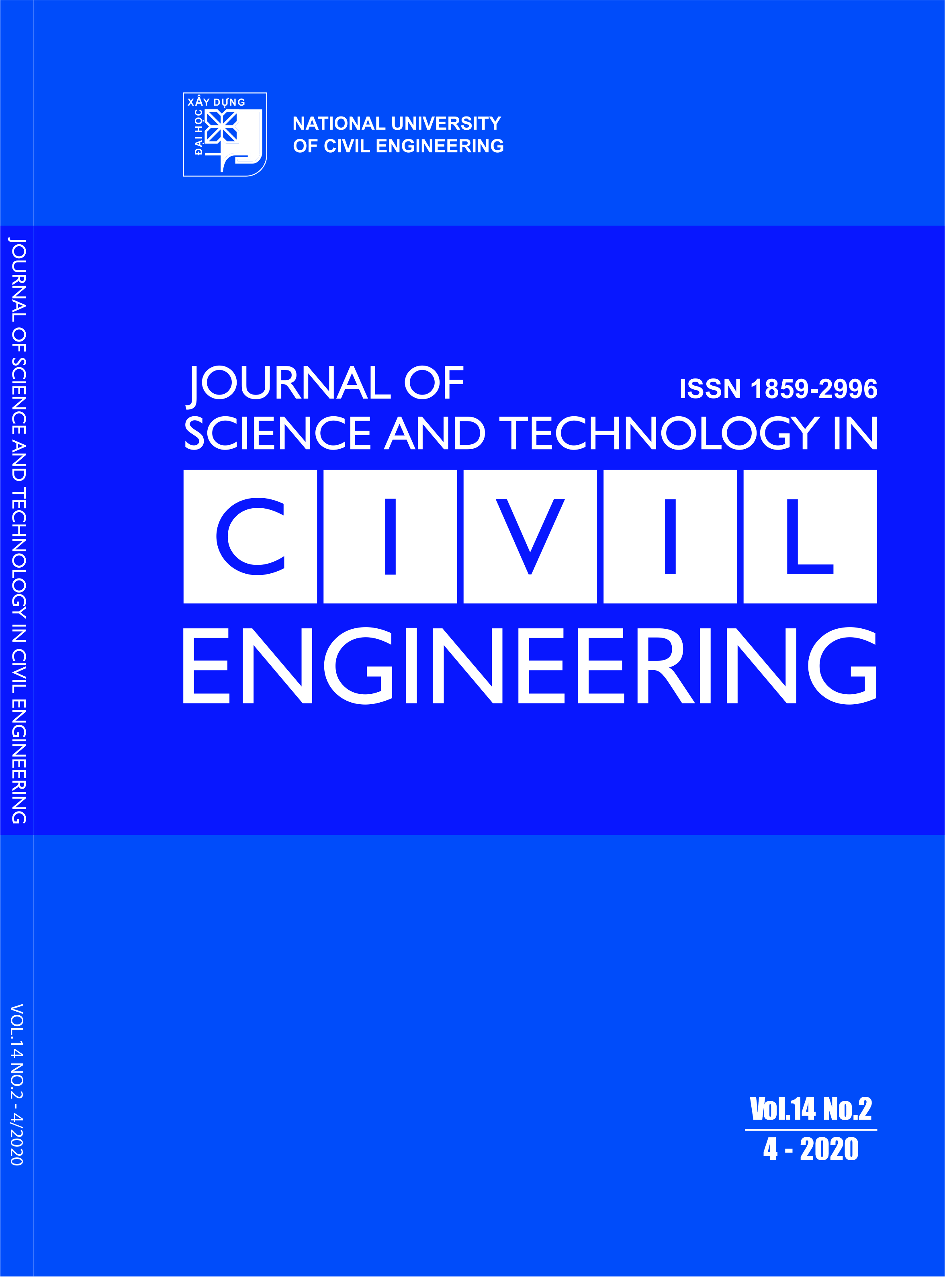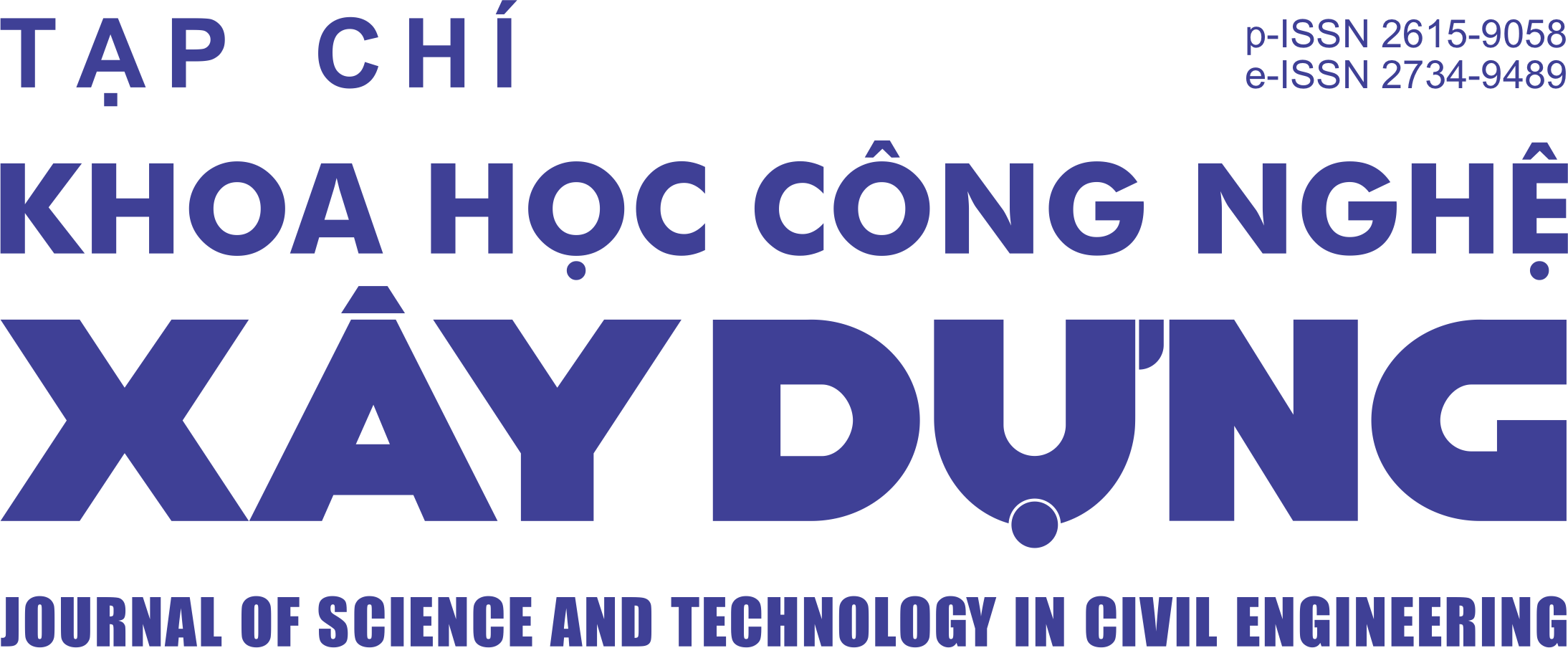Structural damage detection using hybrid deep learning algorithm
Abstract
Timely monitoring the large-scale civil structure is a tedious task demanding expert experience and significant economic resources. Towards a smart monitoring system, this study proposes a hybrid deep learning algorithm aiming for structural damage detection tasks, which not only reduces required resources, including computational complexity, data storage but also has the capability to deal with different damage levels. The technique combines the ability to capture local connectivity of Convolution Neural Network and the well-known performance in accounting for long-term dependencies of Long-Short Term Memory network, into a single end-to-end architecture using directly raw acceleration time-series without requiring any signal preprocessing step. The proposed approach is applied to a series of experimentally measured vibration data from a three-story frame and successful in providing accurate damage identification results. Furthermore, parametric studies are carried out to demonstrate the robustness of this hybrid deep learning method when facing data corrupted by random noises, which is unavoidable in reality.
Keywords:
structural damage detection; deep learning algorithm; vibration; sensor; signal processing.
Downloads
Copyright (c) 2020 National University of Civil Engineering

This work is licensed under a Creative Commons Attribution-NonCommercial-NoDerivatives 4.0 International License.
1. The Author assigns all copyright in and to the article (the Work) to the Journal of Science and Technology in Civil Engineering (JSTCE) – Hanoi University of Civil Engineering (HUCE), including the right to publish, republish, transmit, sell and distribute the Work in whole or in part in electronic and print editions of the Journal, in all media of expression now known or later developed.
2. By this assignment of copyright to the JSTCE, reproduction, posting, transmission, distribution or other use of the Work in whole or in part in any medium by the Author requires a full citation to the Journal, suitable in form and content as follows: title of article, authors’ names, journal title, volume, issue, year, copyright owner as specified in the Journal, DOI number. Links to the final article published on the website of the Journal are encouraged.
3. The Author and the company/employer agree that any and all copies of the final published version of the Work or any part thereof distributed or posted by them in print or electronic format as permitted herein will include the notice of copyright as stipulated in the Journal and a full citation to the Journal as published on the website.







